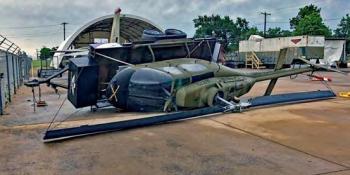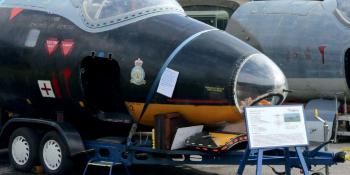Andrew Thomas chronicles the hazardous operations of 42 Squadron against German warships
Beaufort in Combat
When war broke out in 1939 the RAF had two torpedo bomber squadrons in Britain, both of which were flying antiquated Vickers Vildebeest biplanes.
Those of 42 Squadron at Bircham Newton in Norfolk, under Sqn Ldr Alan Waring, were placed on standby for an attack in January 1940. One of 42’s pilots, Sgt Llewellyn-Thomas, recalled the moment with some trepidation: “Torpedoes at the ready – operation cancelled. Thank God!”
Three months later 42 Squadron began converting to Beauforts, and complexity. The unit was still training when the German assault against France and the Low Countries began on May 10. Mining German waters began soon afterwards, the Beauforts of 22 Squadron, based at North Coates on the Lincolnshire coast, taking on the task.
The Beaufort’s main role was to attack the warships of the Kriegsmarine, the Germany navy, and 42’s first chance came on June 21. After supporting the invasion of Norway, and helping to sink the carrier HMS Glorious, the battlecruiser Scharnhorst, with an escort of six destroyers and motor torpedo boats, was sailing off the Norwegian coast.
Detached to Wick in nor…





